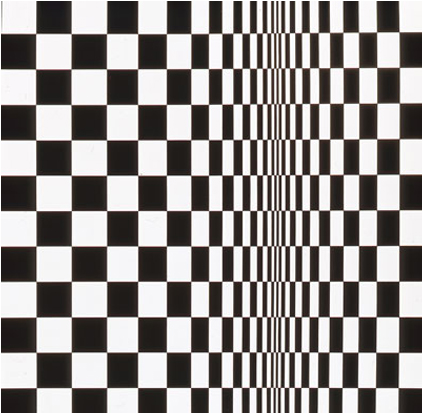Young artists have a reputation for wildness that is not entirely deserved. In fact, many of them tend to be fairly conformist, which is why their work can often be a better barometer of fashionable taste than that of senior and more accomplished figures. The degree show may prove more enlightening, to the critic in search of something like a zeitgeist, than the solemn retrospective devoted to the work of a proven figure. Young artists are, almost inevitably, artists in search of a language, of a means of expression, and they tend to light on forms and methods which they perceive to be at the cutting edge of modernity. Such self-conscious avant-gardism may not always be arresting, but it is not without significance. It speaks of its times; and it offers a useful reminder that all artists, no matter how great or original, are shaped by the age in which they live.
''Ready Steady Go: Paintings of the Sixties from the Arts Council Collection'' at the Royal Festival Hall, and a modest display of work shortlisted for this year's Barclay's Young Artist Award at the Serpentine Gal-lery might not seem to have that much in common. But both focus on the work of British artists in their twen-ties and early thirties and together, serendipitously, they amount to a sort of compare-and-contrast exercise - a survey of what were, 30 years ago, and what are, now, seen to be the happening styles and subjects of new art.
The RFH foyer is not the most congenial of gallery spaces, but it seems appropriate to much of the work in ''Ready Steady Go'', which dates back to when David Hockney looked to be a bright young prospect. Most of the paintings look at home in this functional, brutalist environment, with its flimsy partition...


